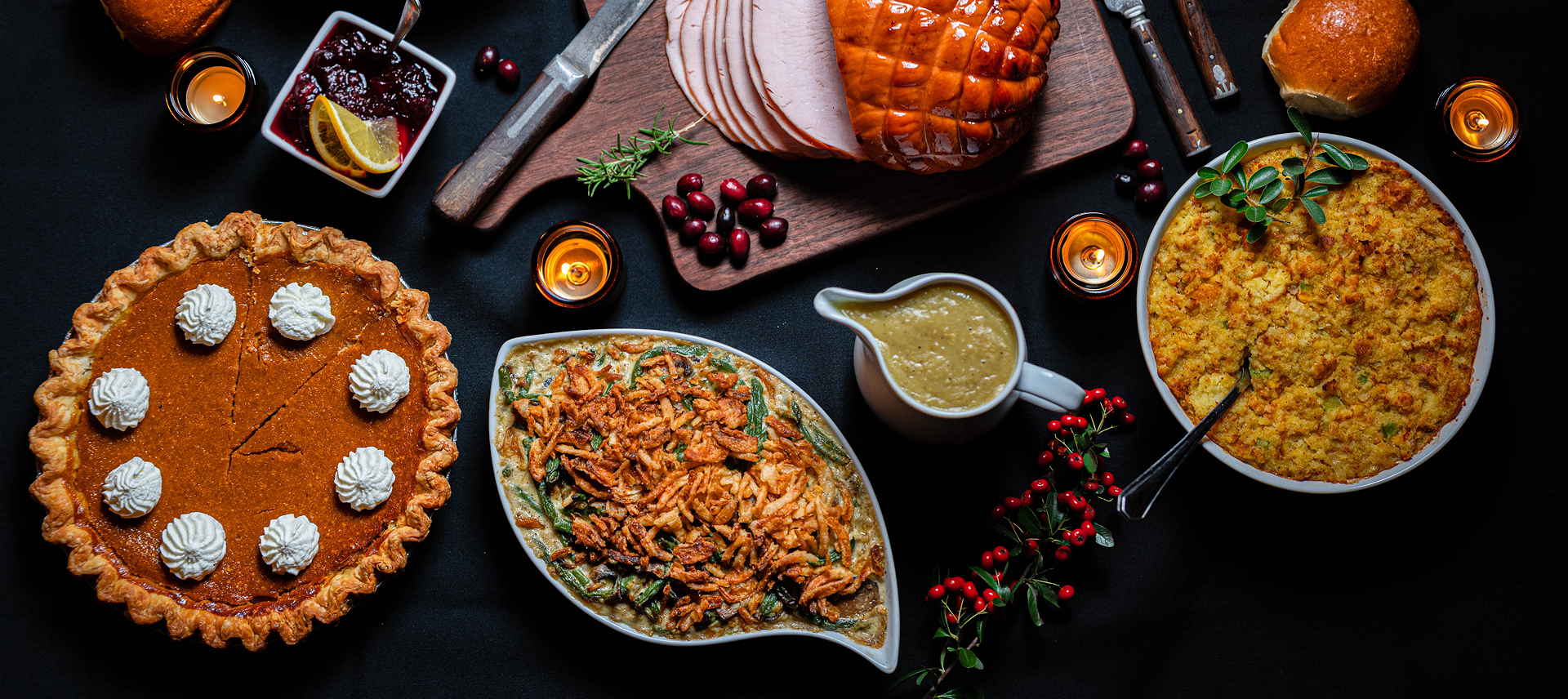
How To Make Next Thanksgiving More Sustainable
It’s time for Thanksgiving! We eagerly anticipate moments of joy with family and loved ones… and the feast that comes with it. However, our dinners can be so large that the leftovers can exceed what we eat. With careful planning, we can minimise waste and ensure Thanksgiving remains an environmentally conscious holiday. Here is how to do it.
Everyone is looking forward to Thanksgiving for the variety of delicious dishes, from turkey to gravy, potatoes, peas, vegetables, pies, and anything we can envision on our dinner table. The problem is that these feasts often lead to high carbon emissions and food waste. According to the Natural Resources Defense Council, with around 6 million turkeys thrown away each year, the waste amounts to enough water to supply New York City for 1000 days and a carbon footprint equivalent to 800,000 cars driving from Los Angeles to Florida. Over 150 million pounds of beans and vegetables will be thrown away as well. These are some tips to reduce waste and make the Thanksgiving celebration a sustainable one.
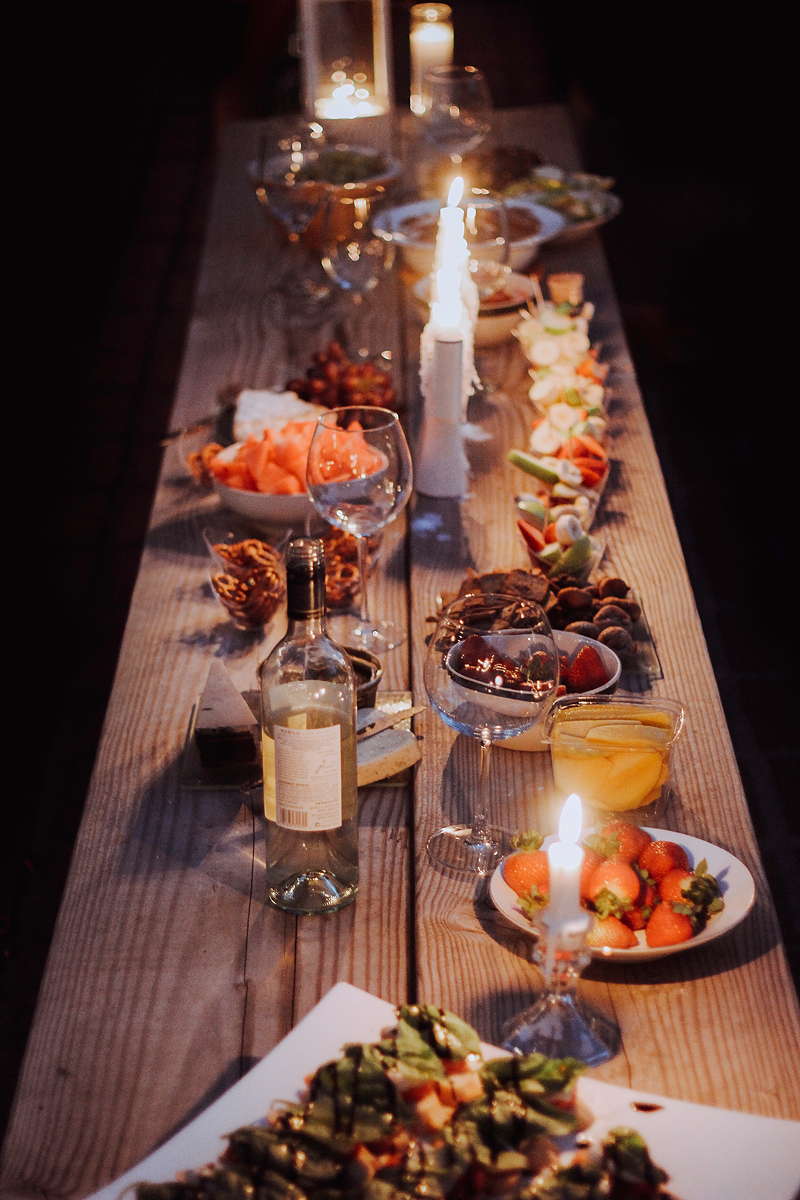
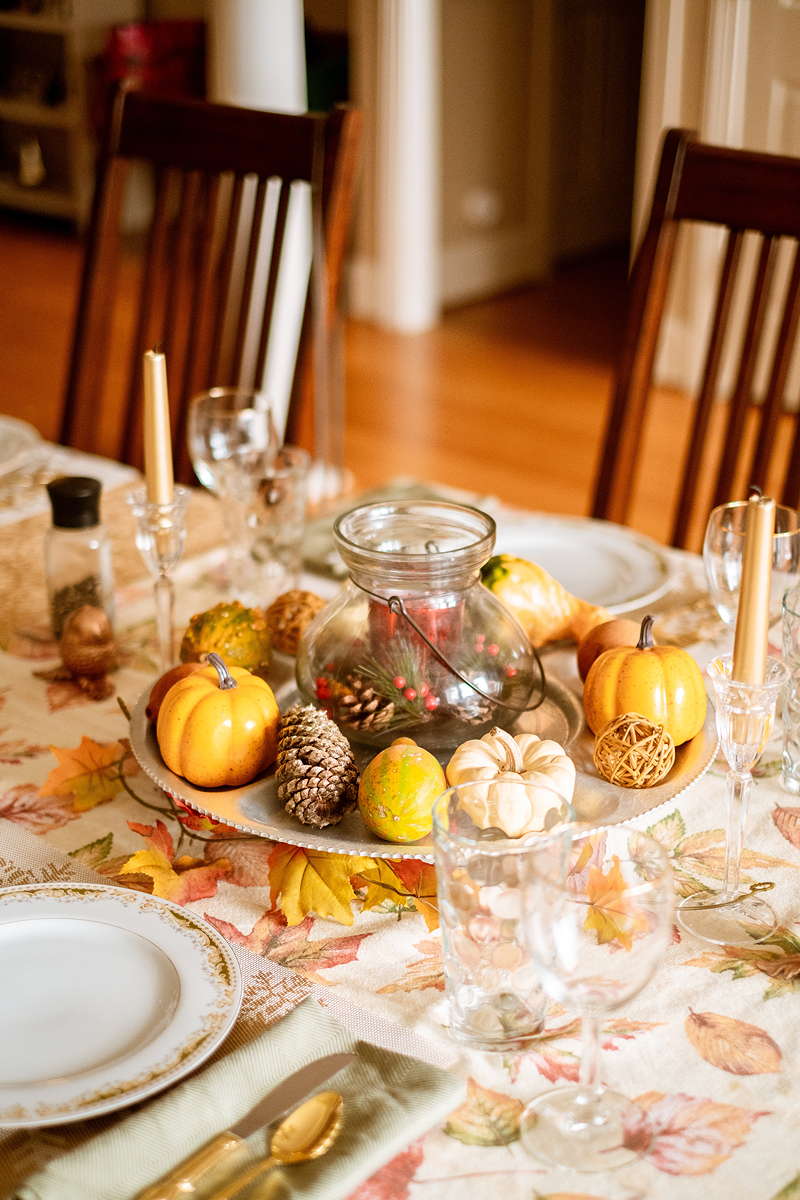
WAYS TO MAKE THANKSGIVING LESS WASTEFUL
PLAN WHAT TO BUY FOR THANKSGIVING
The first step is to plan our recipes. We can opt for recipes that use the ingredients entirely or complement each other to make the most of leftover ingredients. In the case of very specific ingredients, we can explore recipes that incorporate that ingredient in different ways in the future, ensuring it doesn’t become a one-time-use item. We can also check what we already have at home to avoid buying something twice.
Probably one of the most important points is how much turkey should we buy? Many retailers will recommend 1 ½ pounds of turkey per person. However, that is if we want leftovers. As a rule of thumb, some chefs recommend 1 pound of turkey per person. If we want to be on the safe side and be ready for unexpected guests, finding a middle point in between might be the answer. Purchasing a whole turkey, irrespective of the guest count, may not be the ideal solution. To cater to the number of guests more precisely, consider turkey breasts or legs instead.
Additionally, it’s beneficial to stay in touch with all attendees to confirm their participation and plan accordingly for the right number of people. As guests, it’s equally important to communicate openly and mention if we plan on bringing dishes, preventing unnecessary surplus. It is difficult to calculate how much everyone will eat, but if we try to make rough estimates rather than cooking as much as we can, there is a fair chance of reducing waste.
ADAPT FOR VEGAN AND VEGETARIAN OPTIONS
Once again, communication is key. Knowing if we have any vegan or vegetarian guests can help reduce food waste. There are many vegan and vegetarian recipes we can make with the same seasonal ingredients we are using for other dishes. For example, there are great plant-based alternatives to turkey that we can complement with a mushroom gravy. All we need is mushrooms, oil, garlic, flour and vegan broth to elevate our dinner with a rich umami taste.
Furthermore, if we are enjoying mushroom recipes, we can also do a vegan stuffing with different varieties of fungi. A shiitake, kale and sauté vegetable stuffing can be the perfect side dish. Cranberries are a symbol of the season and we can use them for more than one dish. A great warm salad option is an oven-cooked broccoli, cranberry and Brussels sprouts mix topped with a sweet and sour cranberry tart. If we want to explore beyond the traditional flavours we can make vegan eggplant moussaka. We can layer it with wild or brown rice and chickpeas to add more details. The options are endless. Through simple recipes we make sure everyone is included in a more sustainable banquet.
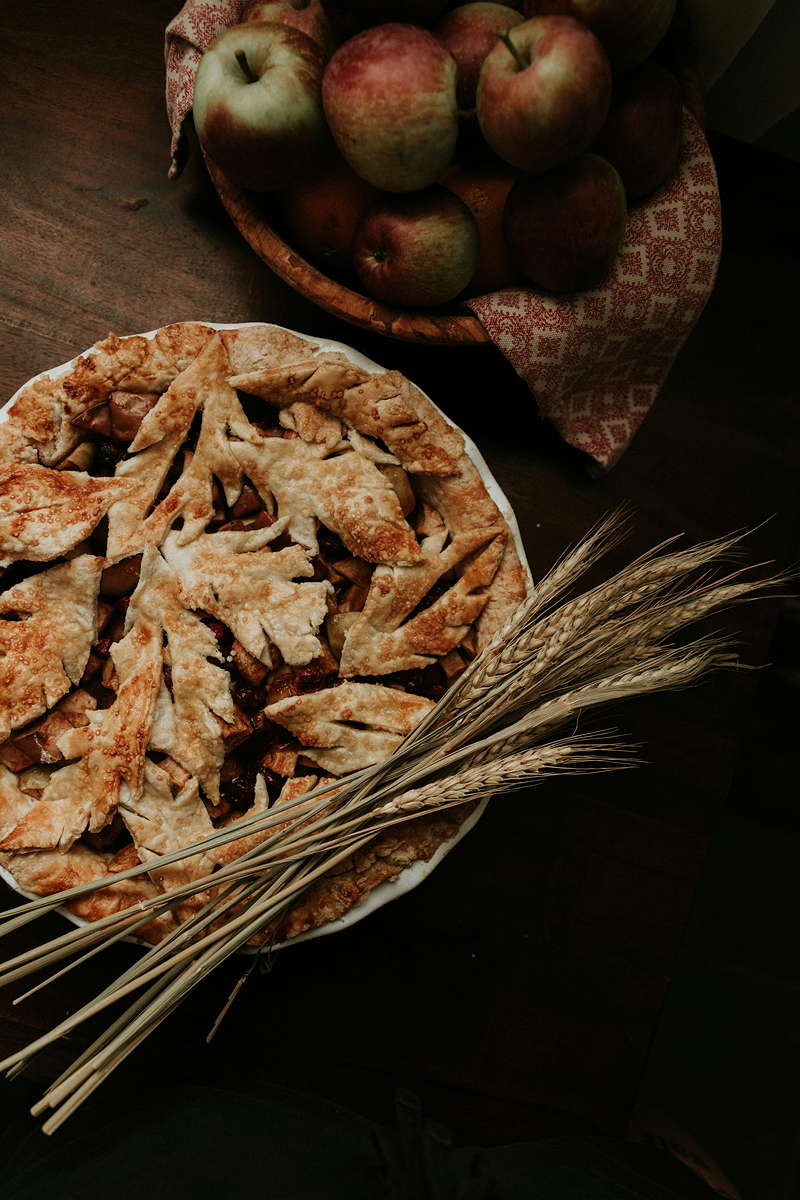
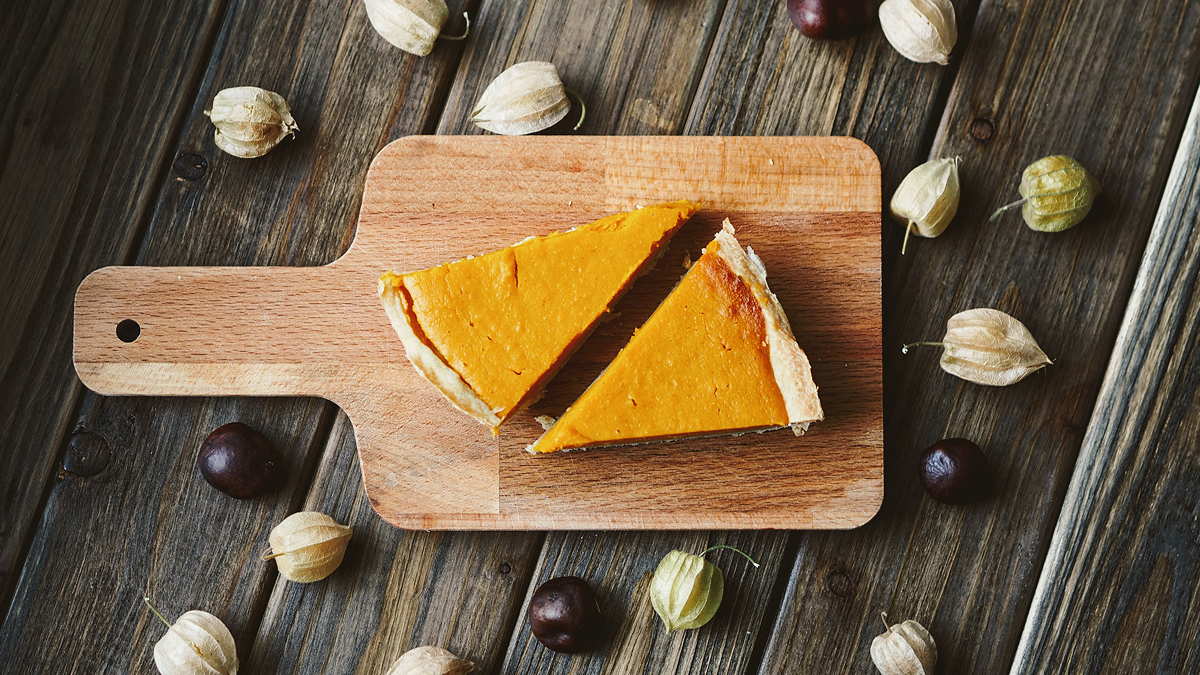
BUYING SUSTAINABLY FOR THANKSGIVING
Phrases to avoid while buying for Thanksgiving: pre-packaged, single-use plastic, or disposable. If we expect many visitors, we can try to buy in bulk, instead of individually packaged ingredients. There are many places now that offer unpackaged goods that can help us reduce our waste generation. Moreover, we should opt for reusable cutlery. It might not seem like much, but if we sum up all the families using plastic plates, utensils, and garbage liners, it sums up to tons of plastic. If we want to store leftovers for ourselves or guests to take away, mason jars and glass sauce containers are a great option.
CHOOSING LOCAL AND SEASONAL
Think about a pumpkin pie. Some of the best foods at Thanksgiving already make the most out of the seasonal products and help us enjoy the late autumn atmosphere. Therefore, when buying ingredients, we should focus on buying what is in season. It may vary by region, but some fruits that are at their peak in autumn include apples, figs, cranberries, pomegranates, and pears. With respect to vegetables, we can count on sweet potatoes, cabbage, beets, cauliflower shallots, and spinach for peak freshness in fall.
These are just some examples; it is always interesting to explore other ingredients that may elevate our recipe and that are in season. This leads us to the next point, use what is around us. Apart from using seasonal products, we could buy local products. Try to source your foods from local producers and farmer’s markets. Especially if we are celebrating away from home and we can’t find the products we usually use, it is time to get creative. There are substitutes for our ingredients that can result in new recipes. By all we know, it might become our new favourite.
DONATE LEFTOVERS
Being thankful for what we have, it is always a good idea to give away what is leftover to others in need. If we have someone in mind, who would like to help, this is the perfect time to do so. If we need help knowing where to donate, there are many resources available. Through the Food Pantries Organization we can find the local food pantries in our area. Here we will find more details on the pantries, including their working hours. Feeding America makes it easier for us to find our local food banks where we can donate food. The organisation has a great network of food banks, pantries, and community-based organisations, as well as valuable information on ending hunger. Additionally, we can research local shelters and non-profit charities that are receiving donations. Whatever we cannot donate, if possible, we can use it as compost.
FINAL REMARKS
Thanksgiving holds a special significance as a time of sharing. A thoughtful way to enrich the celebration is by involving our loved ones in our sustainability journey. Beyond enjoying the feast, we can extend our commitment to the environment by sharing our initiatives with those close to us. Encouraging family and friends to bring dishes in recyclable containers and minimise waste and packaging contributes to a collective effort to create a more sustainable Thanksgiving. Even simple changes within our family circle or sharing our thoughts at the dinner table, can make a meaningful impact on our environment and create a ripple effect of positive change.
Highlight Image:
© Jed Owen via Unsplash
Words:
Francesco Witt
Luxiders Magazine








